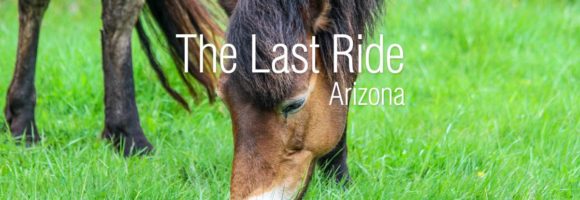Deadly Pasture Plants: Part 2

In this second of a two-part series, we will explore additional toxic plants that may be found in your pasture.
Buttercup
Buttercup is known for its yellow, cup-shaped flowers paired with sharply lobed leaves and a thin stem. If there is more desirable feed available, horses will typically avoid eating buttercup due to its acrid taste and the direct blistering to the mouth that it causes. Fortunately, this plant is no longer toxic after a hard frost or when dried and mixed into hay. Still, it is best to irradiate this plant from your pasture if possible, as it may cause the following symptoms:
- Colic-like symptoms
- Irritation to the mouth, such as blistering and drooling
- Diarrhea
Horsetail
Depending on the variety, horsetail can grow in many different conditions. Among these are varieties that thrive in sand and gravel. Whether fresh or dried and baled, this plant can be toxic to your horse, though the dried variety appears to have a greater effect. Horsetail is dangerous because it destroys the vitamin B in the horse’s blood, resulting in symptoms such as:
- General weakness, particularly in the hind legs
- Damage to the central nervous system
- Liver disease
Horse tail can also lead to death when ingested by your horse, making it particularly important to keep it out of your horse’s feed.